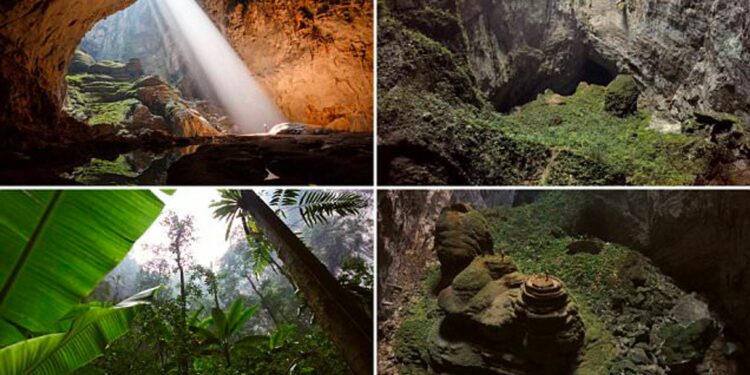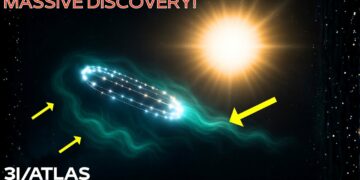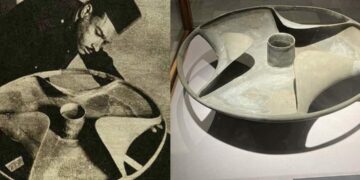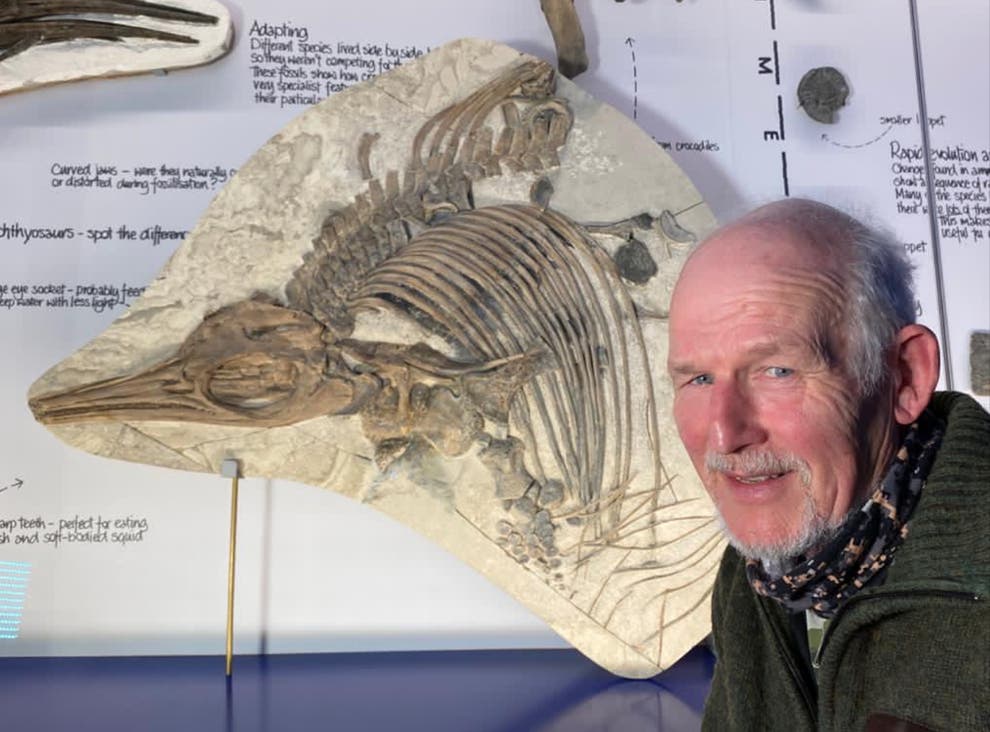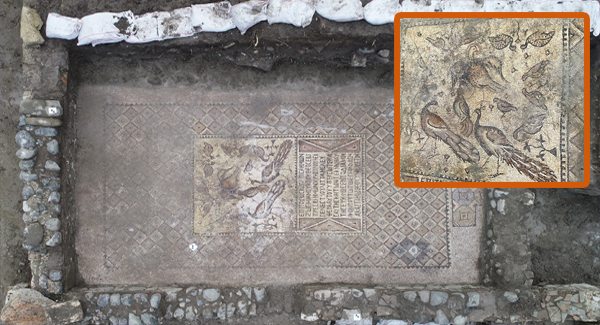Son Doong, the largest cave on Earth, is a colossal underground world with a self-sustaining ecosystem and unique climate. Deep beneath the surface, clouds form within the cave, and it harbors an untouched prehistoric rainforest and a vast underground river. Home to over 250 endemic plant and animal species, including transparent fish and colorful monkeys, Son Doong recently revealed seven new species unique to its depths. Spanning 9 km with 38.5 million cubic meters of space, its passages are so vast a 40-story skyscraper could fit inside. Towering stalagmites rise like ancient city spires, dwarfing visitors. Remarkably, the cave contains phytokarst rocks that move toward sunlight like semi-living organisms, alongside rare cave pearls and other unique formations. Unknown to the world for 3 million years, Son Doong was fully explored in 2009 in Vietnam. To protect its fragile environment, individual access is restricted, with expeditions led solely by Oxalis, the authorized agency.
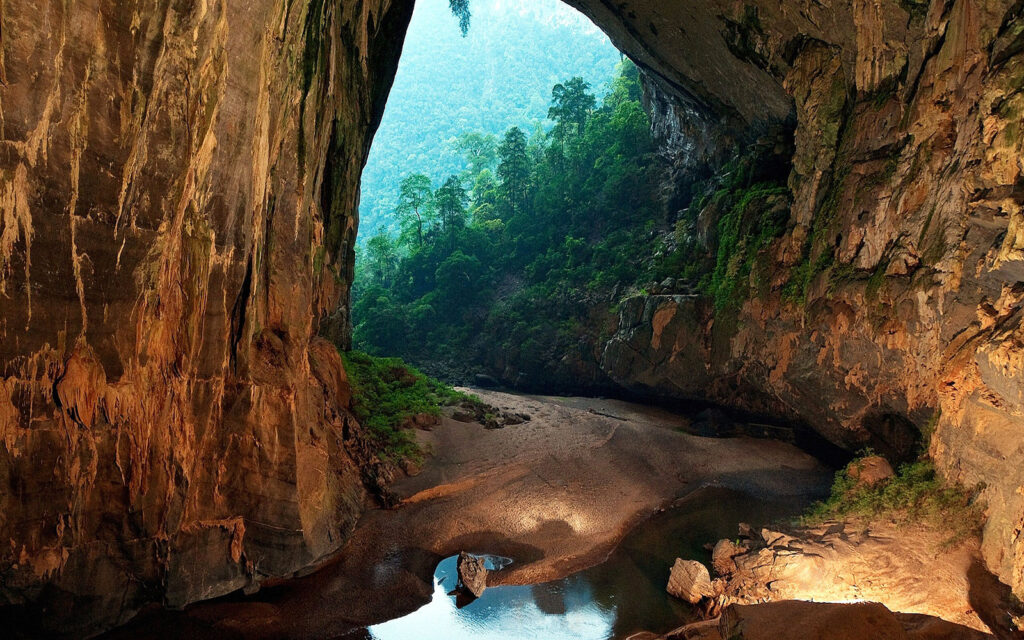
Navigating the dark, we encountered jumping crickets and ground covered in centuries-old bat guano. Above, countless bats slept, some awake and defecating, making looking up unwise. Limestone steps led to travertine-like formations and water trickling from both sides. The 450-million-year-old limestone, formed from ancient sea creatures’ shells and skeletons, was shaped by acid rain dissolving calcium over millennia, creating the cave. A final climb brought us to Son Doong’s grand entrance, where headlamps illuminated the Hope and Vision Passage. The cave’s mineral-rich water formed rimstone pools, and a cricket greeted us. Sparkling white stalagmites, bronze stalactites resembling frozen waterfalls, and broken formations hinted at iron and tectonic activity. A fast-moving river posed a deadly risk, fed by heavy rains carrying soil and plant stems, fostering mushrooms in the moist darkness.
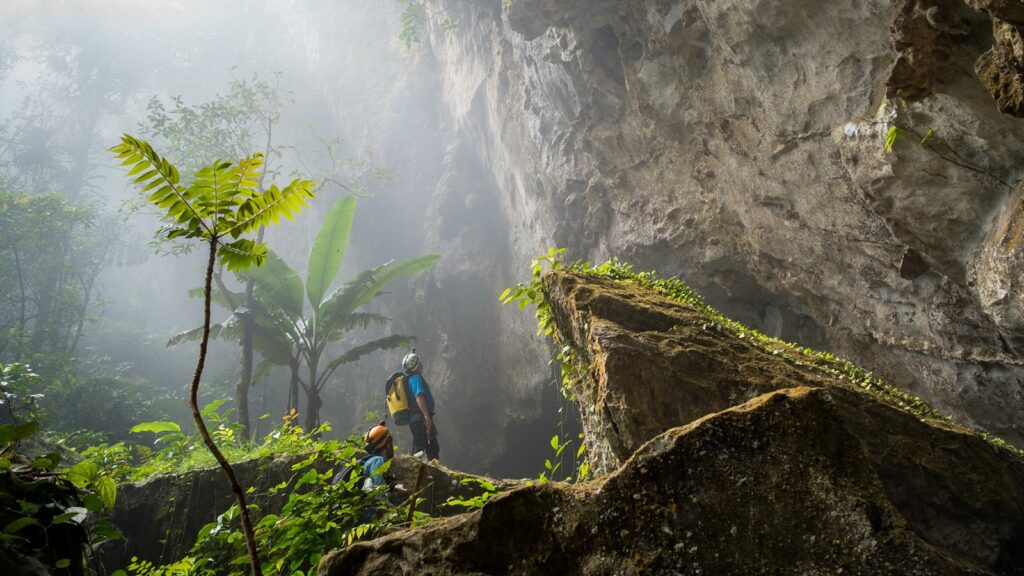
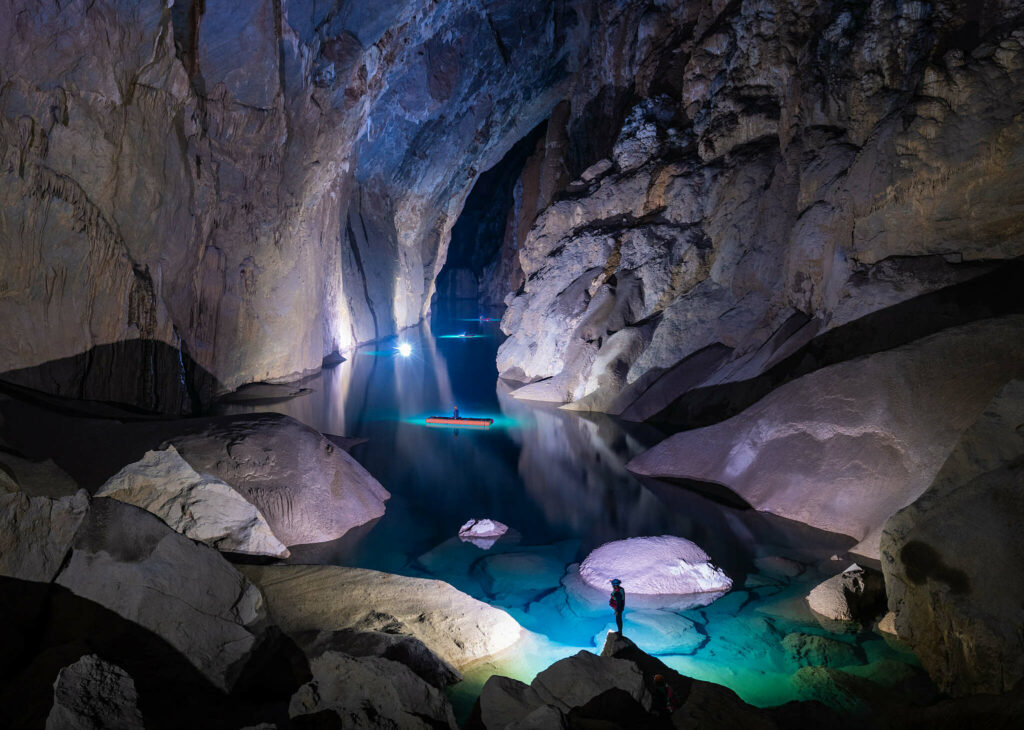
A lingering mystery was a fossil’s identity. Using Opera browser, we accessed Son Doong’s website, where Aria, an AI tool, highlighted article key points. Uploading the fossil’s image, Aria identified it as Tetracoralia (rugosa), an extinct carnivorous coral from 300 million years ago with tentacles, growing up to 10 cm. Opera’s tab islands and split-screen features aided research, while Aria’s image generation visualized the creature. Opera’s tools, including a floating music player and customizable themes, enhanced our workflow. Son Doong, a testament to nature’s grandeur, left us in awe of its secrets and beauty.

